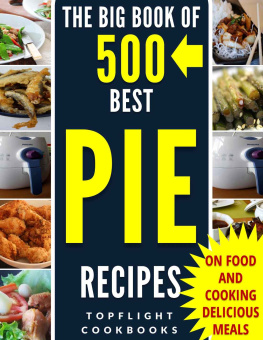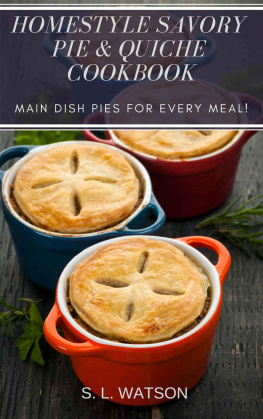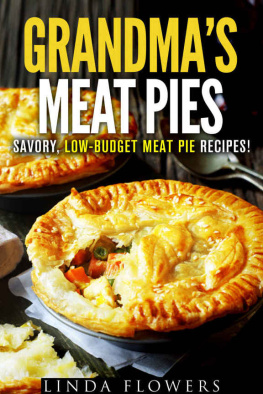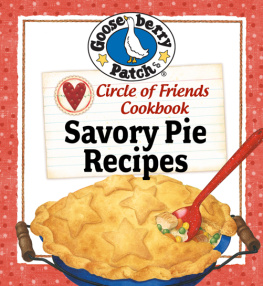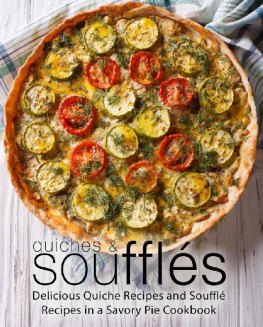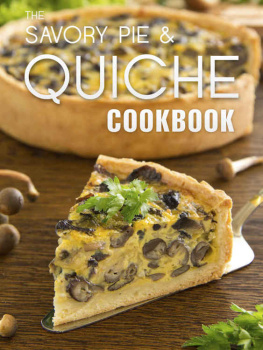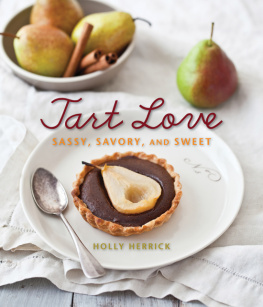THE BIG BOOK OF
BEST
PIE
RECIPES
THE TOP 500+ MOST AMAZING PIE RECIPES
PIE MAKING MADE EASY
(540 Pie Recipes in Total)
TOPFLIGHT COOKBOOKS
Copyright 2016
Copyright 2016 by Topflight Cookbooks
All Rights Reserved. No part of this publication may be reproduced in any form or by any means including scanning, photocopying, or otherwise without prior written permission of the copyright holder.
Limit of Liability/ Disclaimer of Warranty
This publication is intended to provide educational information for the reader on the covered subject. It is not intended to take the place of personalized medical counseling, diagnosis, and treatment from a trained health professional. If professional assistance is required, the services of a competent professional person should be acquired.
The publisher, author and editor make no representations or warranties with respect to the accuracy or completeness of the contents of this work and specifically disclaim all warranties, including without limitation warranties of fitness for a particular purpose. No warranty may be created or extended by sales or promotional materials. The strategies and advice contained herein may not be suitable for every situation.
Neither the publisher nor the author and editor shall be liable for damages arising herefrom.
Image Credits: Nesaland , Vegan Feast Catering , Jeffreyw
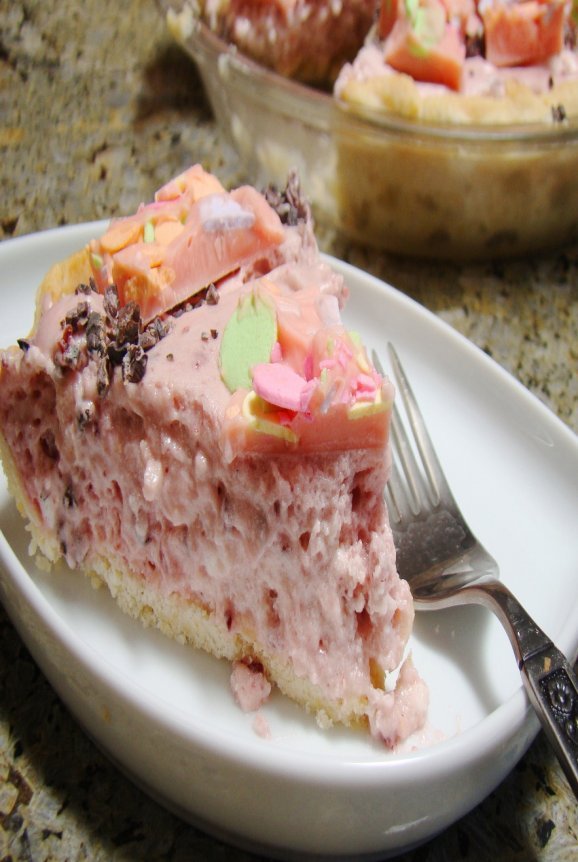
AT-A-GLANCE
Pies have been around for as long as we remember and it is pretty accurate to say that each of us has a pie that we call our favorite. But, how much do we really know about this popular pastry dish that has been around for longer than we can imagine?
The History of Pies
The first ever pie pastry was discovered in ancient Greece, 5 th century BC. Its existence was made known to us here in the modern day era through primeval plays where fruit-filled pastries were mentioned.
Why were pies invented though? Did they serve a more practical function other than to fill the tummy with their delicious and juicy fillings? Indeed they did. In fact, pies served numerous purposes; because of its shape, and the fact that the fillings were placed on it like it would be placed on a serving platter or bowl, pie pastry made it easy for travelers to carry around sustenance with them. Meat, vegetable and fruit fillings were convenient to carry around and easily reheated or baked from scratch: you just had to have an open fire, no pots or other cooking equipment necessary.
So pies were invented in Greece, but its popularity soon spread far and wide into the rest of Europe, and eventually pie culture swept the Americas as well, giving birth to the wildly popular Apple Pie in North America, and the empanadas in South America.
CONTENTS
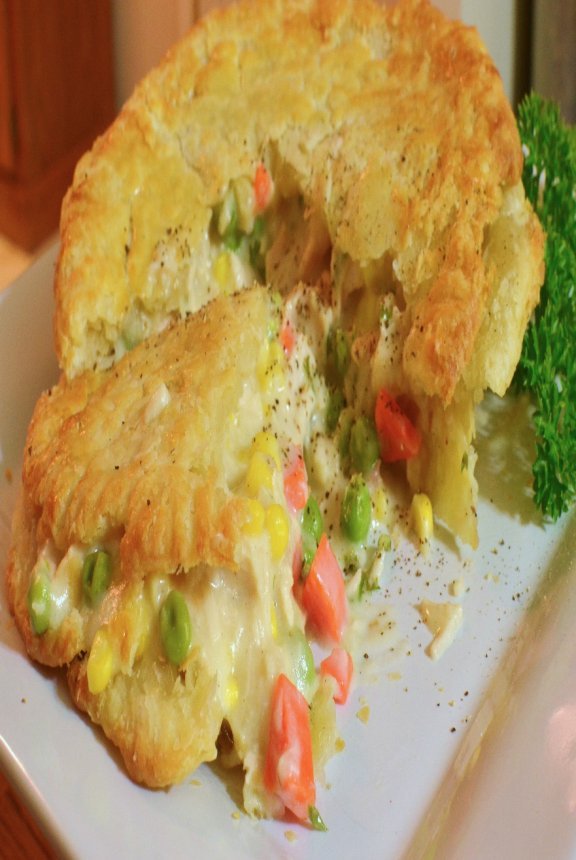
THE PIE PANTRY
While there are different ways to make a wide assortment of pies, the equipment that is used remains largely similar. Here is a list of the most basic tools you will require in your pantry to make electrifying and delectable pies.
Mixing Bowls
A glass mixing bowl of a good size (not too large so that you have trouble getting your grip on it, not too small that everything splashes out) is imperative in pie-making. Mixing bowls are used to combine pie fillings, as well as to mix the pie crust.
A Rolling Pin
Sure, you can have a few rolling pins sitting in your drawers, not just a rolling pin, but whichever one you choose to use to make your pie crust, make sure it is long enough for you to roll out a large enough piece of crust at one time, and not in a few batches which can result it uneven thickness. It should also provide a comfortable enough grip for you when working on your pie crust.
Pie Plates
Most bakers have a few of these available in their pantry, made of different materials. There are aluminum pie plates, ceramic pie plates or pyrex/glass pie plates. Each comes a list of pros and cons according to experts, but it really comes down to personal preference.
Pie Weights
No, the pie is not looking to build any muscle or anything like that, pie weights are used when blind baking a pie which is the term used to describe baking pie crust sans fillings. Thus, weights are needed to add bulk to the pie crust and to help keep its shape. Ceramic balls and metal chains are some options you have to use as pie weights, but dried beans work just as well too.
Tools for Fruit Prep
Believe it or not, there is actually equipment that you can purchase to ease fruit prepping! Some examples of fruit prep tools include the cherry pitter, apple slicer and apple corer, all self-explanatory. While it make seem unnecessary as first, as you get more serious about baking pies, you will discover that owning a fruit prep tool or two can save you valuable time.
PIE-MAKING TIPS
Essentially, as with many other activities, practice makes perfect. This is true for pie-making as well. However, it never hurts to have some tips in mind from experts who have gone through the tried-and-tested process and to spare yourself the trouble of making unnecessary mistakes.
- To effectively roll out even crust, have your dough sandwiched between two sheets of parchment paper lightly sprinkled with some flour. Start by rolling the dough from the center outwards. After each roll, turn the dough 90-degrees and roll again for a perfectly round shape every time.
- When transferring your rolled out pie crust to the pie plate, first wrap the crust around your rolling pin and then unroll it onto the pie plate. It is as simple as pie.
- The edges of the pie cook the fastest and therefore brown very quickly and easily. To prevent this, cover the pie edges with foil after the first 15 minutes of baking.
- Never use pans with holes at the bottom when baking pies.
- If you find that at the end of baking, the pie filling is runny or too wet, bake it for another 10-15 minutes.

PIE CRUST RECIPES
4-Ingredients Pie Crust
This is a recipe for a really easy pie crust made with just 4 ingredients and in less than 10 minutes. A great recipe for beginners!
Yields 1 Pie Crust
10 minutes
Ingredients:-
1 cup Flour
6 teaspoons cold Butter, divided
4 tablespoons Water, icy
teaspoon Salt
Directions:
- Combine flour and salt, next, using your fingers, thumb in the cold butter teaspoon by teaspoon into the flour and salt mixture and rub butter in until the mixture is crumbly.
- Pour ice-cold water into the mixture and combine.
- Shape the pastry dough into a ball and flatten.
- Wrap the pastry dough in cling wrap and store chilled in the fridge for later use.
Nutrition Information per Serving : Total calories 110g, protein 2.2g, total fat 4g, total carbohydrates 15.9g, cholesterol 8mg, sodium 168mg
Crumbly, Buttery Pie Crust
A crumbly and buttery pie crust is wonderful when used to bake classics like the Apple Pie. This old-school recipe for pie crust is perfect for those who enjoy their pie crust to have more of a buttery, fatty flavor.
Yields 2 Pie Crusts
Next page
